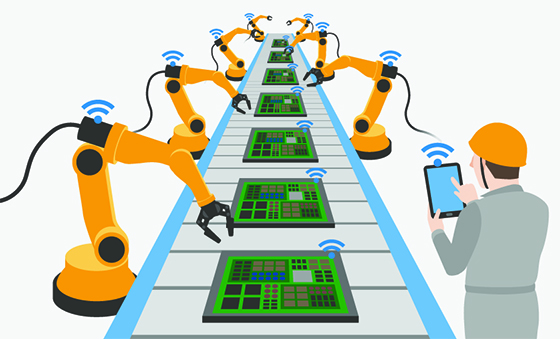
A famous paper by a pair of Oxford economists classified a long list of 702 U.S. jobs according to how susceptible they would be to automation. 47% were judged at high risk for automation.
The classification was automatic, as it happens. The economists built an AI program to make those judgements. This made their work fall into the category of a job with tasks that could be automated. Studies have concluded that about 30% of all the tasks humans do in the U.S. could be automated. Since most workers, including economists, do more than one task, this means that many of us could expect to have our jobs change. We’ll do less of the tasks that can be automated.
What about the 47%?
Jobs involving caring for others, using social perceptions, negotiations, fine arts, originality, and high levels of dexterity are pretty safe. These low-risk jobs include therapists, choreographers, engineers, and most healthcare workers.
At the other end of the spectrum we find clerks of all kinds, tax preparers, telemarketers, most financial workers such as bank tellers and loan officers, hand sewers, and models.
One of the authors of the study, Carl Benedikt Frey, has written a new book which clarifies the part of the famous paper that so many readers skipped over — the fact that the list was not a prediction of which jobs would disappear, but a look at which jobs could conceivably be automated.
We already know that sewing and tax preparation can be automated. An ATM is an automated bank teller. A robo-caller is an automated telemarketer.
But the safety of the jobs depends on other factors, including market forces and political pressures. Coffee shop hostesses could be eliminated, and in fact largely have been eliminated, but restaurants where the hostess is an important part of the experience will not be in a hurry to replace them with robots.
Solutions
Some jobs — or at least some tasks — will be automated and the human beings who work in those jobs will have to change their work. A movement to avoid automation will probably be unsuccessful. So what’s the solution?
Frey suggests that a new attitude about learning would help. Schools should focus on human skills and lifelong learning should become the norm. Both changes would make retraining easier.
Wage insurance and regulations limiting income inequality could help with the problem of human workers being pushed into lower-paying jobs. The owners of the robots will (and already do) have higher incomes than the people whose jobs are eliminated by the robots. This is a separate problem, however, which is not automatically caused by automation. There has historically been a gap between the time when automation increases productivity and the time when workers’ incomes reflect that increase. Knowing this could make it possible to work out solutions to the economic realities.
Frey also wants to see subsidies for relocation and better plans for housing workers in cities where jobs are increasing.
If your focus is less on saving jobs from automation and more on keeping your robots running well, we can help. We’re specialists in Rexroth motion control systems. Call us for immediate assistance.
